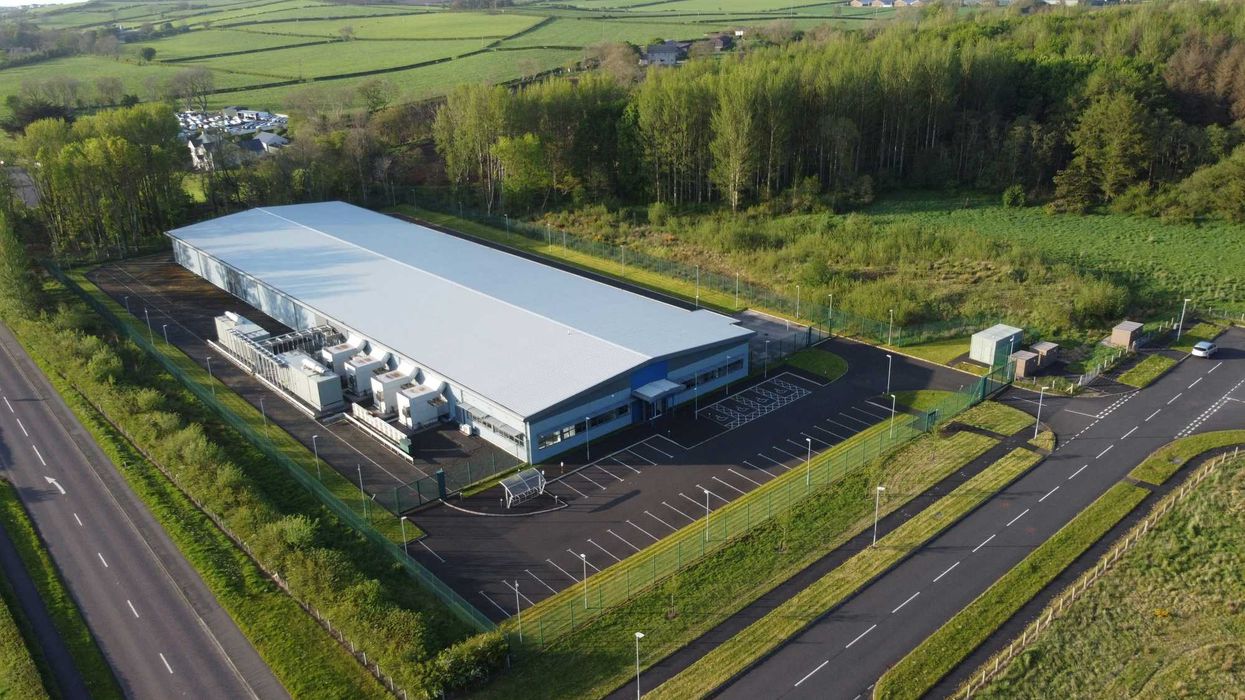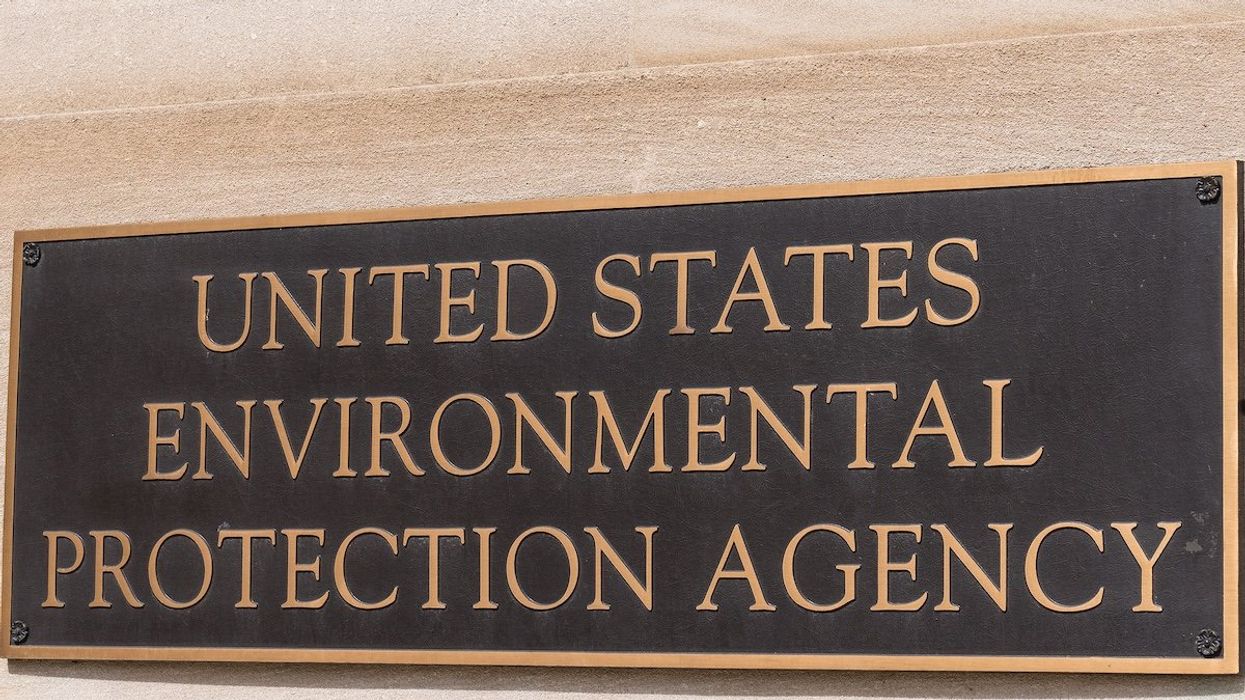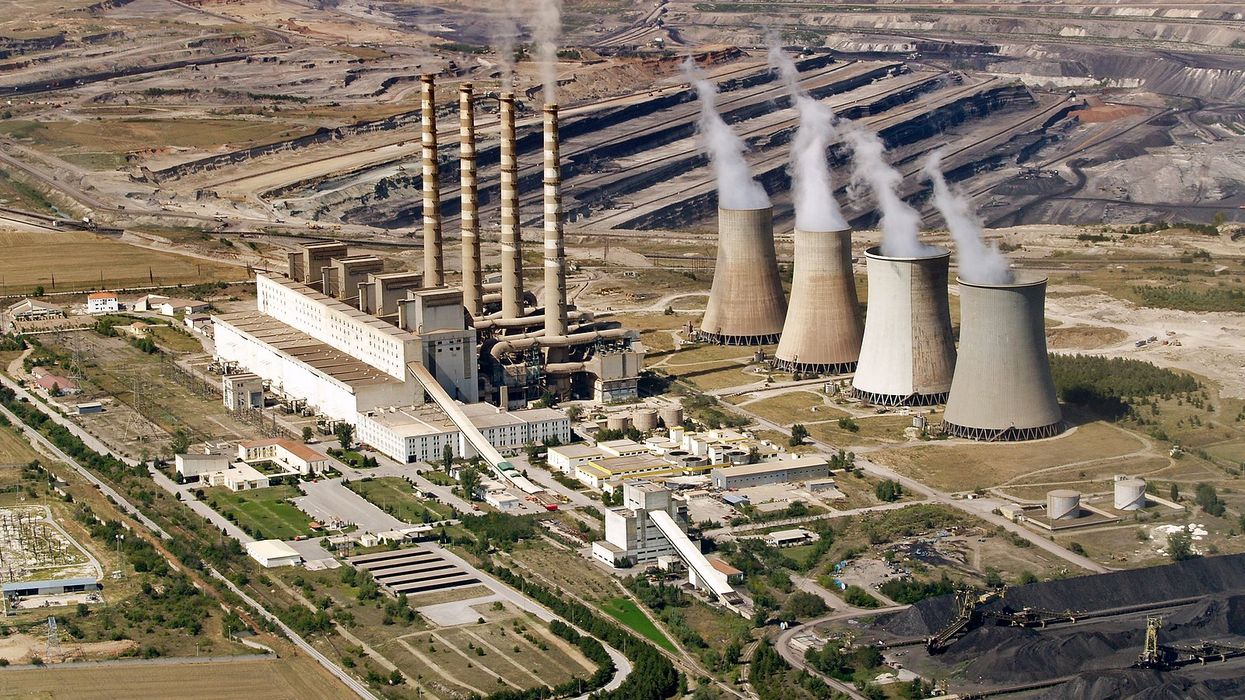In a global movement, cities are replacing stretches of concrete with natural landscapes to foster environmental resilience.
In short:
- Cities worldwide are removing unnecessary concrete and asphalt, allowing natural elements to reclaim urban spaces.
- Depaving efforts enhance water absorption, reduce flooding, support wildlife, and improve urban mental health.
- The practice is increasingly seen as essential for climate adaptation, with some cities integrating it into official urban planning.
Key quote:
"Before, it was somewhere you would quickly try to walk through. Now there are places you might stop or have a chat. Sit and read the paper."
— Giuliana Casimirri, executive director of Green Venture
Why this matters:
By reintroducing nature into cities, we not only combat climate change effects like flooding and heatwaves but also enhance urban biodiversity and residents' well-being.
Be sure to read: In urban parks and forests, scientists dig to unearth answers to an age-old question—why are people healthier (and happier) when surrounded by nature?














